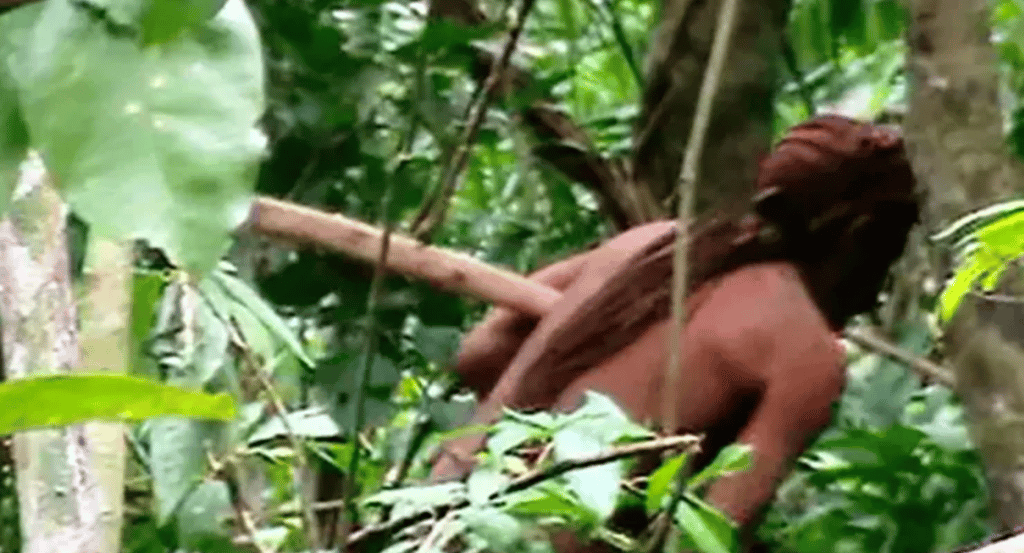
An unidentified indigenous man, who was thought to be the last member of an uncontacted Brazilian indigenous tribe in the Amazon, passed away.
The indigenous man was known as Índio do Buraco, or the “The Man of the Hole”
Known as the “Man of the Hole,” he lived in complete isolation for the past 26 years on the Tanaru indigenous land, deep in the Brazilian Amazon in Rondonia state. According to non-profit organization Survival International, he did not have any contact with the outside world. Moreover, any attempt to establish contact was met with traps and arrows from the holes that he made near his residence.
“Having endured atrocious massacres and land invasions, rejecting contact with outsiders was his best chance of survival,” said Sarah Shenker, a campaigner at Survival International. She added, “He was the last of his tribe. And so that is one more tribe made extinct not disappeared. As some people say, it’s much more active and genocidal a process than disappearing.”
“No outsider knew this man’s name, or even very much about his tribe”
The man’s body was found lying in a hammock in a hut by Funai officials on August 23. There were no signs of struggle, violence, or the presence of other people in the area. He died of natural causes, and his body will undergo a forensic examination by the Federal Police, according to Funai.
“No outsider knew this man’s name, or even very much about his tribe. Moreover, with his death the genocide of his people is complete,” said Fiona Watson, the group’s research and advocacy director. “For this was indeed a genocide, the deliberate wiping out of an entire people by cattle ranchers hungry for land and wealth.”
The last known video of the “Man of the Hole” was released by Funai in 2018, which appeared to show him hacking at a tree with an ax-like tool.
Survival International said his abandoned campsites left clues to his lifestyle — he planted crops including corn and papaya and made houses of straw and thatch.
“He didn’t trust anyone because he had many traumatizing experiences with non-Indigenous people,” said Marcelo dos Santos, a retired explorer.
Right now, there are believed to be less than 300 indigenous tribes are currently there in Brazil. Moreover, the number is going down slowly. 30 more groups exist but experts have no information on them.
